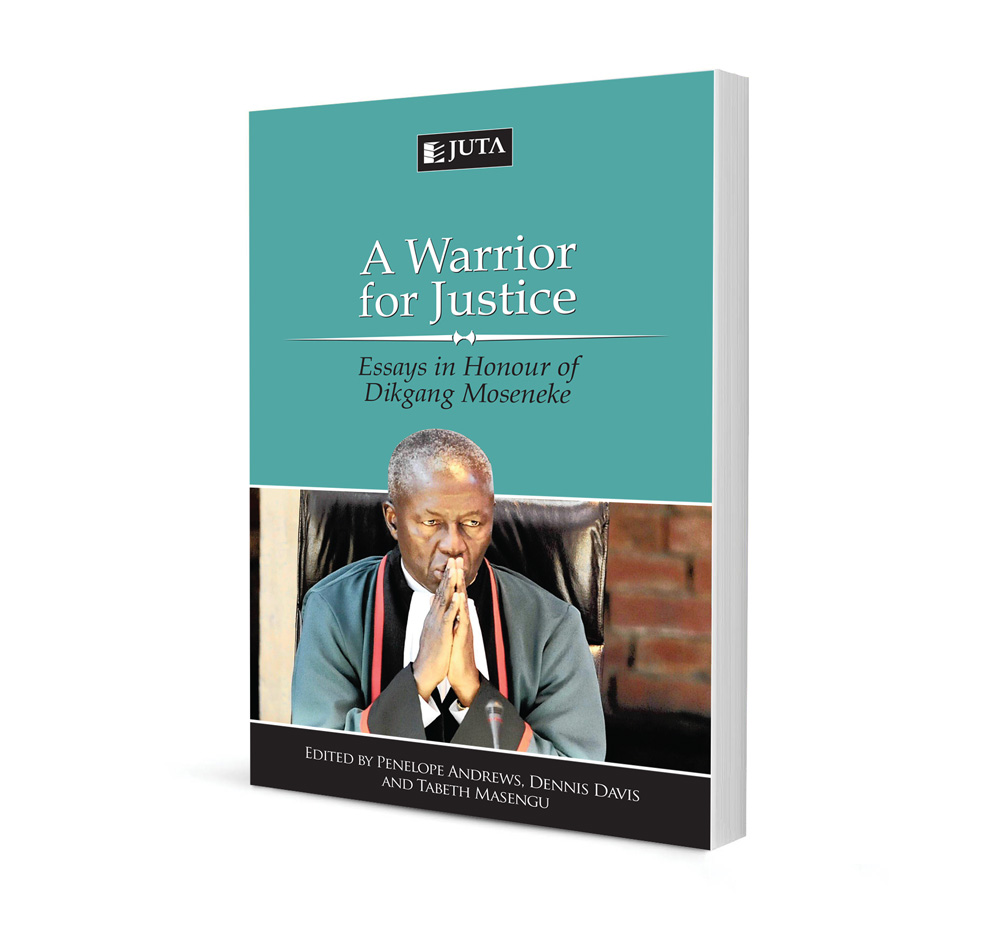
Is the DCFR trust a ‘proper’ trust? An evaluation from a South African perspective
Authors MJ de Waal
ISSN: 1996-2088
Affiliations: Professor, Department of Private Law, Faculty of Law, Stellenbosch University
Source: Acta Juridica, 2014, p. 219 – 242
Abstract
Against the background of growing interest in the introduction of the trust (in either a general or a more restricted format) in continental Europe, it is evident that the trust as envisaged in Book X of the European Draft Common Frame of Reference (DCFR) constitutes yet a further model or template for a general continental European trust institution. The DCFR trust is of interest to South African lawyers for at least three reasons. First, it would be interesting to compare the South African trust with the DCFR model and to establish in which respects these two ‘civilian incarnations’ of the trust show differences and/or similarities. Secondly, comparative research has proven itself of great value in the trust context and the DCFR trust now provides a further model to which South African lawyers can look for possible solutions to trust problems. Thirdly, as will become apparent in this contribution, English common-law thinking has had a significant influence on the architecture of the DCFR trust. This in itself raises several important questions, specifically regarding the operation of the DCFR trust in a civilian environment that shows some parallels to South African law. The analysis in this contribution will show that, although the DCFR trust does exhibit a number of crucial ‘English’characteristics, it is certainly not a replica of the English trust model. However, it is argued — with reference to the experience of mixed jurisdictions such as Scotland and South Africa — that the importance of the theoretical nature of a particular trust model should not be over-emphasised. The focus should rather be on whether a particular trust device functions properly in all its different dimensions, among them the central issues of trust creation, trust administration and the sufficient protection of trust beneficiaries.